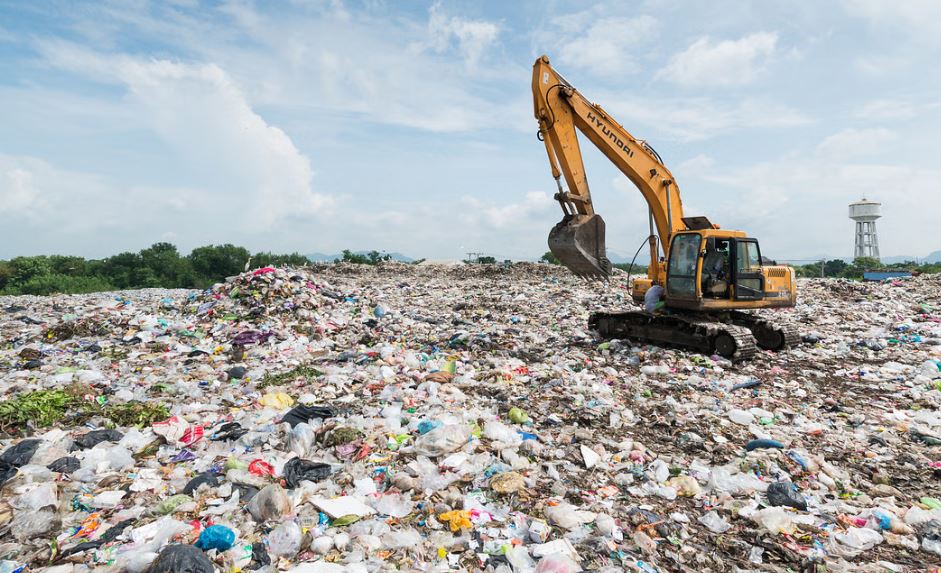
In India, the challenge of menstrual hygiene is significant due to the environmental and health hazards posed by synthetic sanitary napkins. These napkins take 500 to 800 years to decompose and are used by a substantial portion of the female population. India produces a staggering 12 billion disposable sanitary napkins annually, primarily made of non-biodegradable synthetic materials. These materials contaminate water sources, soil, and the food chain, releasing toxins into the environment. Furthermore, they contribute to India’s plastic waste problem, emitting harmful pollutants when incinerated.
Synthetic sanitary napkins also pose health risks, containing dioxins that can lead to various adverse effects on women’s health. To address these issues, there is a growing market for biodegradable sanitary napkins in India, offering eco-friendly alternatives. These products decompose harmlessly, reducing environmental impact and health risks.
Increased awareness of these advantages is essential, as biodegradable sanitary napkins provide a sustainable solution to this pressing concern.
However, a study conducted by Vaishali Nagar under the supervision of Dr. (Prof) Meenakshi Mital and Dr. Meenal Jain, Department of Resource Management and Design Applications at Lady Irwin College, University of Delhi, highlights two significant challenges: the perception that biodegradable sanitary napkins are unaffordable and their limited availability. Women who have made the switch to biodegradable options report satisfaction, free from allergies and skin irritations.
These napkins are comfortable and even come with convenient home delivery options and considered as an excellent solution for women who lead busy lives and want to order these products effortlessly. The highest proportion of women using these napkins typically consists of working women, as they often have the financial means to afford them.
According to the study, Carmesi and Peesafe are the most commonly preferred brands of biodegradable sanitary napkins. Based on the feedback gathered, women suggested incorporating natural fragrances to mitigate the odor associated with menstrual blood.
When inquired about awareness, it becomes evident that women are increasingly conscious of the detrimental effects of synthetic sanitary napkins on both the environment and their health. Now, there is a growing need for affordable and readily accessible alternatives to ensure proper menstrual hygiene. While women who use synthetic sanitary napkins have reported experiencing skin rashes and irritations. Furthermore, they often encounter the inconvenience of not receiving disposal pouches with their sanitary napkins. As a result, when they are away from home, they must dispose of used sanitary napkins without wrapping them, which can be a discomforting situation.
For women living in rural areas, though, access to these sanitary napkins remains a challenge. They often lack the access to technology and affordability, and many are housewives. For these women, an ideal solution lies in menstrual cups. With a lifespan of up to 10 years after a single purchase, menstrual cups have the potential to revolutionize menstrual hygiene. Not only are they eco-friendly, but they are also safe and easy to use.
Menstrual cups are generally regarded as a superior option when compared to reusable cloth sanitary napkins. This is because, if cloth napkins are not washed properly, they can potentially lead to infections. Additionally, the washing and drying of cloth napkins can be a time-consuming process, especially during the winter months. Also, The Jan Aushadhi Suvidha Sanitary Napkin is offered at just Rs.1 per pad and can be found at over 6300 Pradhan Mantri Bhartiya Janaushdhi Pariyojna – PMBJP Kendras nationwide, making it a cost-effective and environment friendly choice for rural as well as urban women.
To promote this alternative, the government should organize workshops through Anganwadi centres in villages to educate women about the benefits and usage of menstrual cups. This approach could transform the conventional method of using and disposing of sanitary waste, preventing environmental pollution. Additionally, it could eliminate the barriers that keep girls from attending school due to the lack of access to sanitary napkins.
The movement towards sustainable and eco-friendly menstrual hygiene products in India is gaining momentum, offering a brighter future for both women’s health and environmental sustainability. By embracing these alternatives, we can pave the way for a cleaner, greener, and healthier India. This study supports the realization of the vision outlined in the Draft National Menstrual Hygiene Policy, 2023, as presented by the Ministry of Health and Family Welfare.
The fundamental tenets of menstrual hygiene policy take a comprehensive approach, giving access, affordability, equity, and inclusion top priority. Their objective is to guarantee equitable access to safe menstrual hygiene products and education for all, particularly those from marginalised communities. It aims to include knowledge on menstrual hygiene into school curriculum and promotes partnership with the business and non-governmental sectors to create creative and reasonably priced menstruation products. The policy’s main objectives are to reduce stigma, debunk falsehoods, and increase public understanding about menstruation. It also tackles environmental sustainability through eco-friendly menstrual products and waste management, as well as the provision of clean facilities for managing menstruation with dignity. Effective menstrual hygiene concerns need collaboration amongst multiple stakeholders, including governments, NGOs, academia, and the corporate sector.
The policy strategy for menstrual hygiene is multifaceted and comprehensive. Encouraging businesses to practise corporate social responsibility helps guarantee underprivileged groups fair access. Additionally, the approach encourages innovation and research, including academics in evidence-based policymaking and promoting diversity across a range of industries. Committees at the federal, state, and local levels oversee the menstrual hygiene institutional mechanism structure, which emphasises supply chain and manufacturing issues.
District committees are in charge of enforcing policies, creating awareness campaigns, and developing infrastructure, while national committees finalise policies and state committees adapt them to local circumstances. The framework places a strong emphasis on menstrual hygiene product innovation, affordability, sustainability, and quality control.
The author is a Project Associate at Jawaharlal Nehru University















